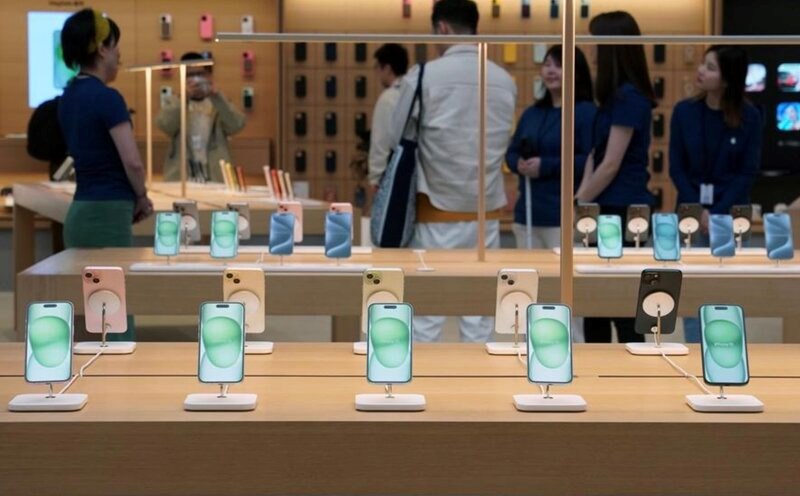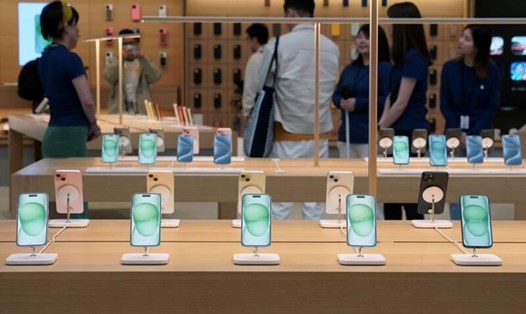According to a new report from Morgan Stanley, Apple has adjusted its production forecast for the second quarter of this year, increasing iPhone output from 41 million to 45 million units. iPad sales are also rising, from 11.5 million to 13 million. These figures increased by 15% and 24% respectively over the same period last year.
With the US and China in a tense trade tug-of-war, and the US signaling a change in tariff policies, Apple seems to be taking risks by hoarding inventory in the face of any major fluctuations.
While mobile phones and certain technology components have been temporarily removed from the US tariffs list, inconsistent policy changes have prompted Apple to take precautions now rather than wait.
Apple's production strategy also emphasizes its efforts to diversify its manufacturing facilities. China and Vietnam are still the main manufacturing centers, but Apple is also pushing for greater production in India and Brazil. By expanding its device manufacturing space, Apple is trying to protect itself from future disruptions.
Apple's increase in production also benefits Apple's component suppliers in Korea. Companies such as Samsung Display, LG Display and LG Innotek are key units in Apple's supply chain, providing display and camera modules.
Last year, more than 80% of LG Innotek's revenue came from Apple's orders. Samsung Display also depends heavily on Apple, with more than 40% of the company's revenue related to the iPhone manufacturer.
It is worth noting that the equipment being produced at present are not new models. These are launched iPhones and iPads, meaning Apple is only stockpiling them before releasing the iPhone 17 later this year.
If the tariff pressure eases at that time, it could help the company be more flexible as it enters a busy fall. Apple's proactive approach is very meaningful. This shows that the company does not wait to see how the trade policy plays out.
Instead, the company is taking steps to maintain the product line and avoid chaos in the supply chain. With the upcoming launch of the iPhone 17, this early move could help Apple progress more smoothly, at least for their existing devices.











